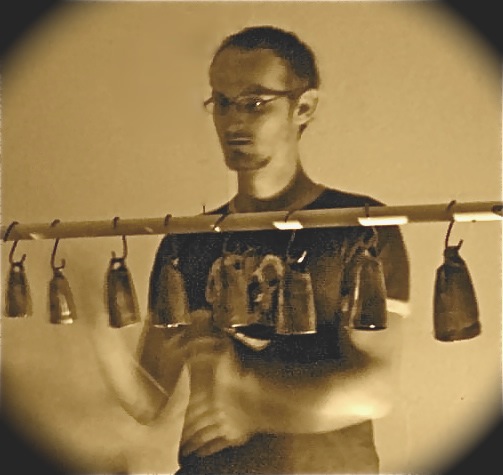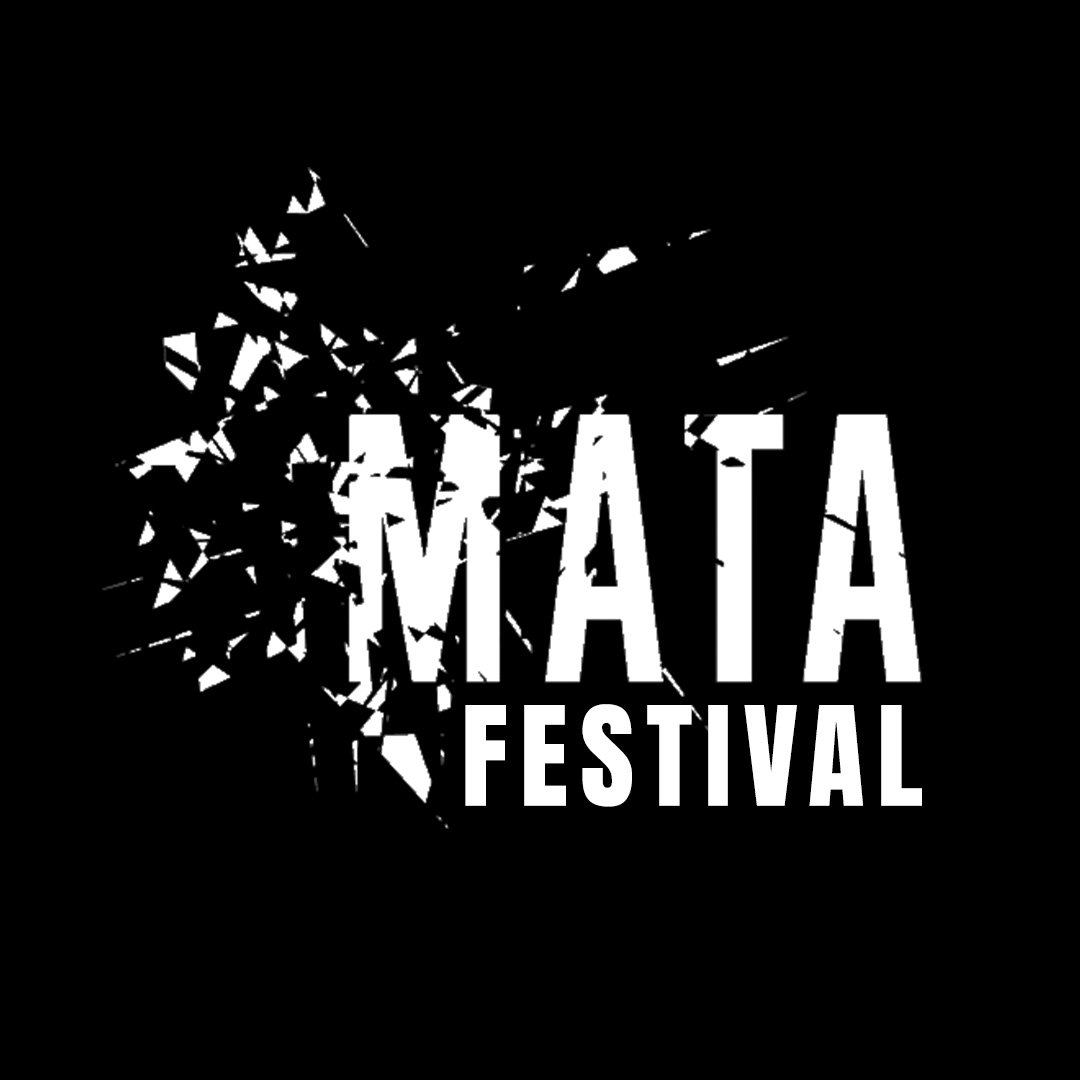INTERVAL 4.2 Juraj Kojs Blog #1

Hello all. I am truly excited about our INTERVAL 4.2: In One concert and about sharing some of my thoughts with you through this blog! My first entry is going to discuss some aspects of the compositions programmed on the concert. Principally, all the works combine the elements of creation, performance, design and technology. Written and performed by a group of up-and-coming national and International artists, they provide, I believe, a fine sample of what has been brewing around and about.Paula Matthusen talks about the structure of her laptop ensemble piece lathyrus as a musical game in a sense that “multiple outcomes are possible for the piece, and it is up to the ensemble to navigate these potential options together collectively. “ The ensemble is encouraged to re-route their trajectories as the piece develops. The group must listen closely to each other very much the same way as in the chamber music setting, while constantly self-organizing. Using sampled and digitally modulated sounds, the potential results are plentiful.Listen to an excerpt from Paula's lathyrus performed by FIU Laptop & Electronic Arts (FLEA) Ensemble:LathyrusSpencer Topel’sVioline is a three-movement composition for violin and electronics. The composer uses the source separation technique, which enables the computer to look for patterns in audio streams and extract individual sources such as vocals, bass and drums in a commercial track. Spencer engages extracted timbral and rhythmic layers from his prerecorded and live violin sounds in a creation of polyphonic voicing. Later on the composer also employs the SoundSpotter technique developed by Michael Casey at Dartmouth College. The SoundSpotter enables matching frequencies and timbres from a recording to an incoming signal. The structure of the last movement thus emerges as a result of timbral matching between aspects of live and prerecorded violin. Referencing classical music forms and genres, Violine is a captivating contemporary music commentary.Filigrees: FiligreesJorge Variego defines his Mimic as a chamber composition for clarinet and joystick. The joystick is a controller for a synthesized instrument based on the clarinet timbre; yet the instrument has its own distinct sonic identity. We can think about the joystick as an arm or air column, which controls the pitch, dynamics and textural density of the digital instrument. During the composition, the clarinet and joystick instruments first battle for the sonic space and then proceed to develop an indecipherable musical interplay.You can listen to an example from Mimic hereMy own At and Across introduces Slovakian sheep bells and cyberbell structures. Cyberbell structures? What is that?Simply said, the cyberbells are digital simulations of the physical bells. How did that happen? Well, I first looked at the acoustics of the bells a bit. Then I traveled to ACROE Center in Grenoble, France to create digital replicas using their physical modeling technique software GENESIS. After designing some good digital approximations of the bells, I could augment their various properties such as size, material and interaction mode. I ended up with some exciting cyberbell structures such as giant bells made of silk-like materials that I could hit, bow or even pluck! I could further reverse the interaction process and instead of plucking the bell, I could bell the pluck! Expanding this hybridization process to the performance and composition layers (plucking a performer, belling a composition) became a fun playfield for the electronics portion of the piece. I found the direct control over the sound production using physical modeling technique most stimulating. Instead of tweaking the resulting acoustic properties of sound (frequencies, amplitudes, etc.), you design the sound-making mechanism directly (e.g. bowing the bell).You can hear excerpts from At and Across hereMeg Schedel explains about how her collaboration with Sarah O’Halloran began: “We met at a Deep Listening Retreat in 2005. Pauline Oliveros runs these mediation intensives to heighten awareness of sound, silence and sounding. We've done several retreats together since, and we always have fun creating works during these weeks away from the world.” In 2010, the two artists decided to create a piece in which the imagined experiences become stronger than memories of real events. The text, video, sampled sounds and melodies were developed collaboratively. Their ...linger figure flutter... is a world premiere!A few words about the technologies Schedel and OHalloran use:Meg Schedel performs with the KBow and Zeta cello. The KBow is a string bow embedded with sensors which track the playing force and angle of the bow, the bow pressure, bow grip pressure, playing distance from the fingerboard and bow position. You can learn about KBow here.The Zeta cello is an electric cello with pickup microphones on each string. The collected data is transmitted to the computer and converted to MIDI. The MIDI streams are then used to control various aspects of sampled and digitally produced sounds.In the composition Black Vox, Chikashi Miyama performs on his own custom designed non-haptic Peacock instrument. So, what exactly is the Peacock?It is a bit like a Theremin. You create sounds without every touching a physical instrument! But while a performer can only control frequencies and amplitudes on the Theremin, the Peacock enables control over 35 different music parameters at any time! This is possible because the instrument is equipped with 35 infrared sensors.Detailed description of the instrument can be found in Chikashi’s article "Peacock: a non-haptic 3D performance interface”. You can download it hereCheck out the movie of Chikashi performing on the Peacock

